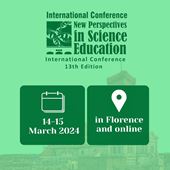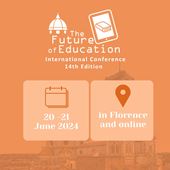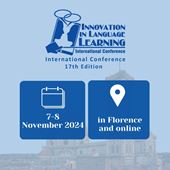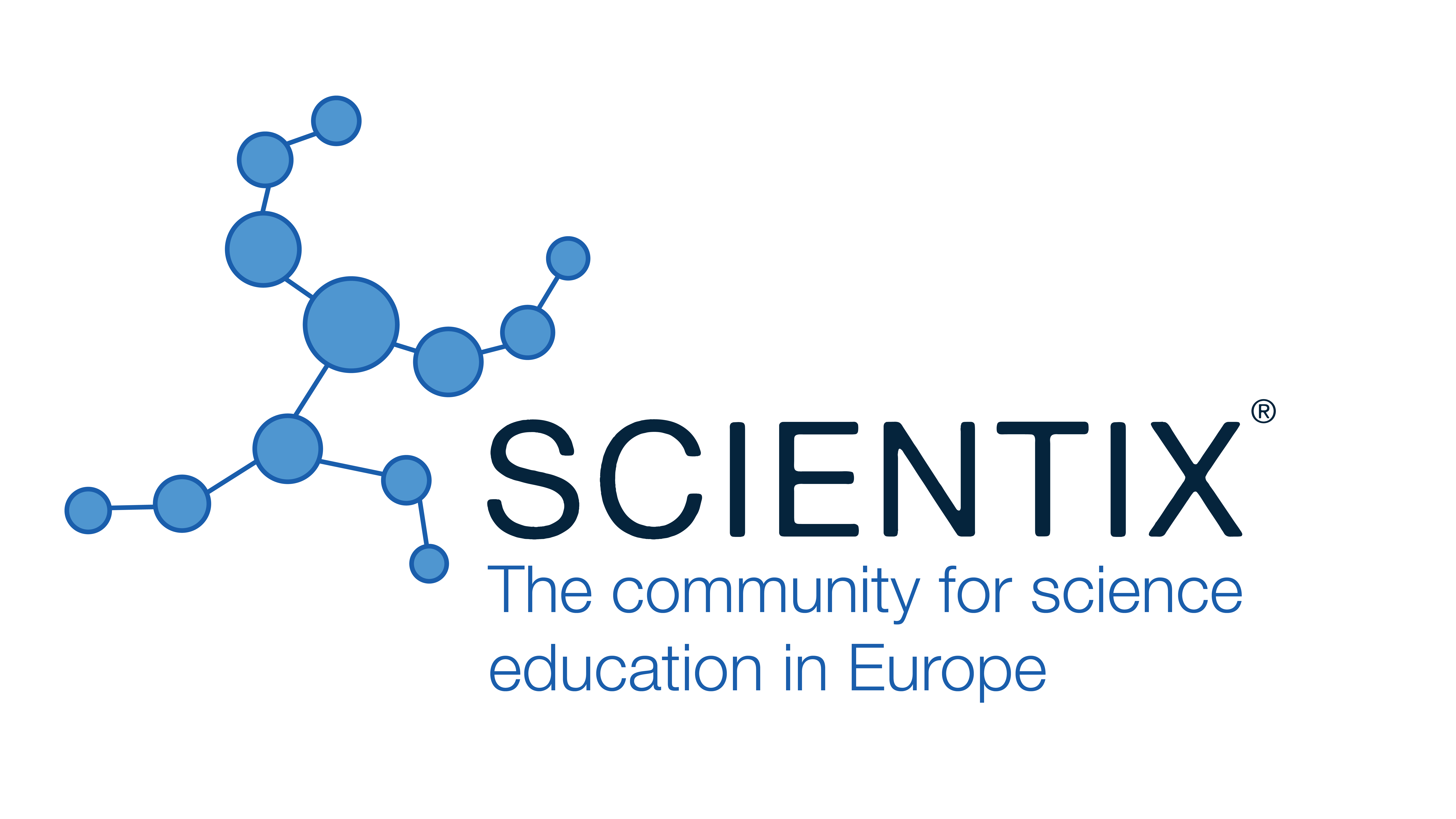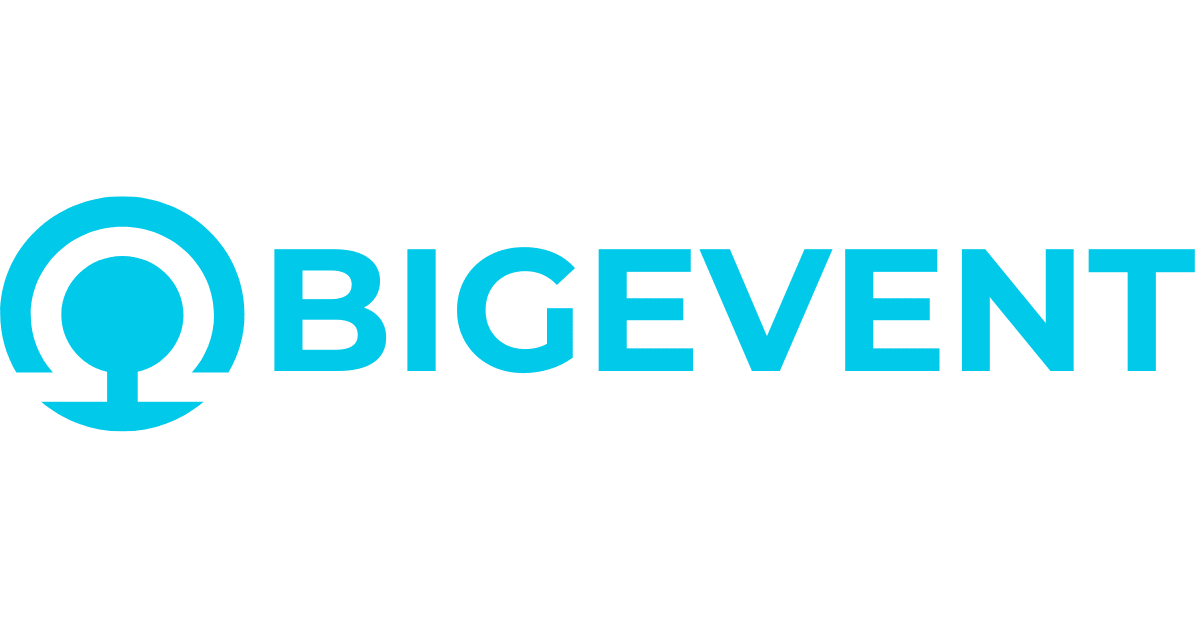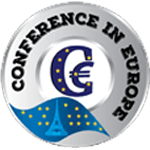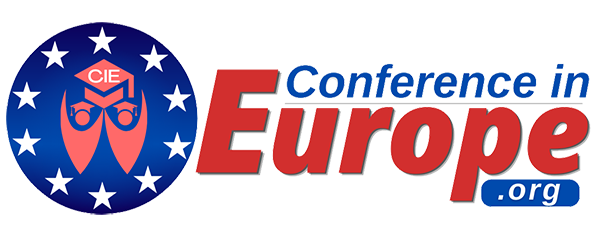The EDUMAT+ Project: Teaching with Infographics
Stefan Colibaba, Al. I. Cuza University (Romania)
Irina Gheorghiu, Albert Ludwigs Freiburg University (Germany)
Andrei Bordeianu, Al.I.Cuza University Iasi (Romania)
Anais Colibaba, Scoala Primara EuroEd Iasi (Romania)
Simona Hultoană, EuroEd School Iasi (Romania)
Abstract
The article is based on the EDUMAT project, funded by the European Commission under the Erasmus+ programme. The project is being implemented by a partnership from five countries: Italy, Bulgaria, Spain, Portugal, and Romania. Education experts have emphasized the importance of bridging the digital literacy gap between generations in recent years. Despite efforts made to invest in the development of human capital in schools, particularly among teaching staff, there is still a lack of effective use of technology as a teaching support tool, hindering the development of digital literacy and the acquisition of fundamental and transversal skills in students. The article presents the main goals of the EDUMAT project, which aims to solve this problem by giving teachers the tools and guidance they need to include coding and STEAM subjects (science, technology, engineering, arts, and math) in elementary school lessons. The project seeks to leverage coding and STEAM as innovative tools to enhance humanities teaching and explore digital education pathways that focus on key topics from the 2030 agenda. The target groups involved in the project are primary school teachers, 8-9-year-old students, and experts in STEAM and coding. The article focuses on one of the project's key outputs, the Digital Infographic Teaching Mats, a collection of interactive educational resources designed for primary school classes and teachers' reactions. These creative resources focus on critical themes such as environmental sustainability, social inclusion, gender equality, health and wellbeing, biodiversity, climate change, and reducing waste. By engaging with these digital education activities, children are encouraged to think critically about social and environmental issues, develop a deeper understanding of the world around them, and acquire the skills and knowledge needed to take charge of their well-being and contribute to protecting the environment.
Keywords: primary school teachers, students, STEAM, infographics
|
REFERENCES |
[1] Cortoni, Ida & Caccamo, Alessio & Mus, Carlotta. (2023). Mapping, Coding, Learning: When Infographic Meets Digital Education –A Pilot Programme in Design School. 549-562. 10.22492/issn.2758-0962.2023.47. [2] Bicen, Huseyin, and Mobina Beheshti. "The psychological impact of infographics in education." BRAIN. Broad Research in Artificial Intelligence and Neuroscience 8.4 (2017): 99-108. |
 New Perspectives in Science Education
New Perspectives in Science Education
